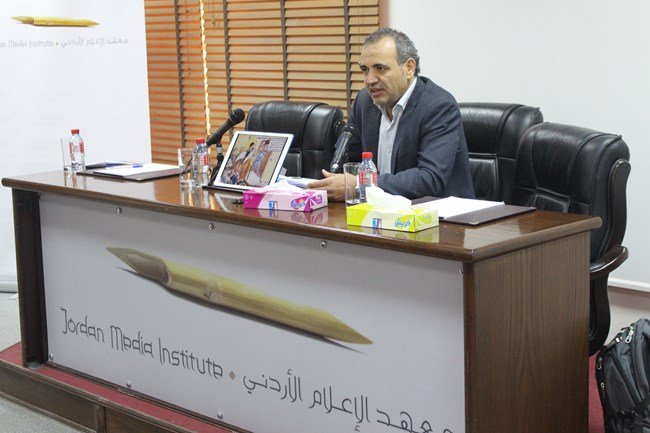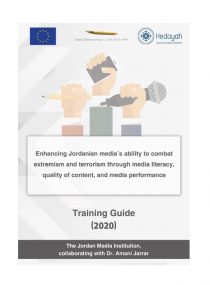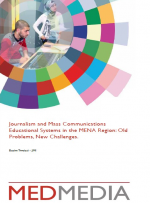Image:

25 Mar 2017
Amman -- Cartoonist Emad Hajjaj said that the art of cartoon drawing is currently experiencing the reality of radical and big changes that the media and printed press are experiencing. This art is profoundly influenced by this reality and is interacting with it.<br />
<br />
In a lecture he delivered at the Jordan Media Institute (JMI), titled "Art of Cartoon Drawing in New Media Era," Hajjaj said that cartoonists are faced with big challenges created by the world of parallel media "Internet and social media." This parallel media has benefited this art and reflected positively on it. He noted that cartoon has been luckier than other art forms as people welcomed it because it carries a visual message that is concentrated and quick and that fits the nature of social media, which created numerous challenges to cartoonists.<br />
<br />
The creator of the famous cartoon character "Abu Mahjoob" said that during the period of the Arab revolutions or the so-called Arab Spring, most of the Arab peoples did not wait for cartoonists to express their conscience and reality; they drew their own cartoons through social media. Therefore, some cartoonists have emerged from among ordinary people. Meanwhile, the phenomenon of "memes" has spread. This is not confined to pictures, but is based essentially on ideas. It turned out that people do not care much about the artistic level, style, balance of portrait, colors, or character. Rather, they are interested in the substance of the caption that accompanies the picture, which later becomes the talk of the town. <br />
<br />
Hajjaj, who works with local and Arab newspapers and who received a number of awards, said that this new style "memes" has influenced many cartoonists. "I am one of them," he said. We are trying to create a new cartoon that is closer to "memes" and to come up with new forms for this art that are more practical and more in line with the world of social media.<br />
<br />
Hajjaj spoke about the challenge of control in the world of new media, saying that censorship in the press is exercised by the chief editor and the laws and regulations, which might be difficult to understand. However, they can be listed and cartoonists can deal with them. As for the concept of censorship in new media outlets, it is hard to understand and grasp. You cannot control people's comments, which sometimes go beyond criticism and reach the extent of insult and slander. Thus, cartoonists here face a difficult situation whereby they have to suppress others or remove comments. Consequently, they do not give space to the public to express its opinion.<br />
<br />
On intellectual property rights in the region, Hajjaj said that these rights are lost because the art that you produce has no sanctity or protection. Any person can take and use it or can invest it through selling or buying, contrary to the situation of cartoonists in Western countries. <br />
<br />
At the end of the lecture, Hajjaj answered questions by the attendees.<br />
<br />
The JMI hosts, through the "guest lecturers program," a number of intellectual leaders, decision-makers, and prominent journalists to give lectures to JMI students through which they sum up their views of a number of topics. <br />
<br />



